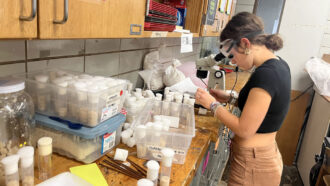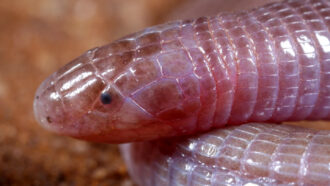Surprise! These animals can help fight climate change
These critters help store more carbon in their environments, which cuts warming gases
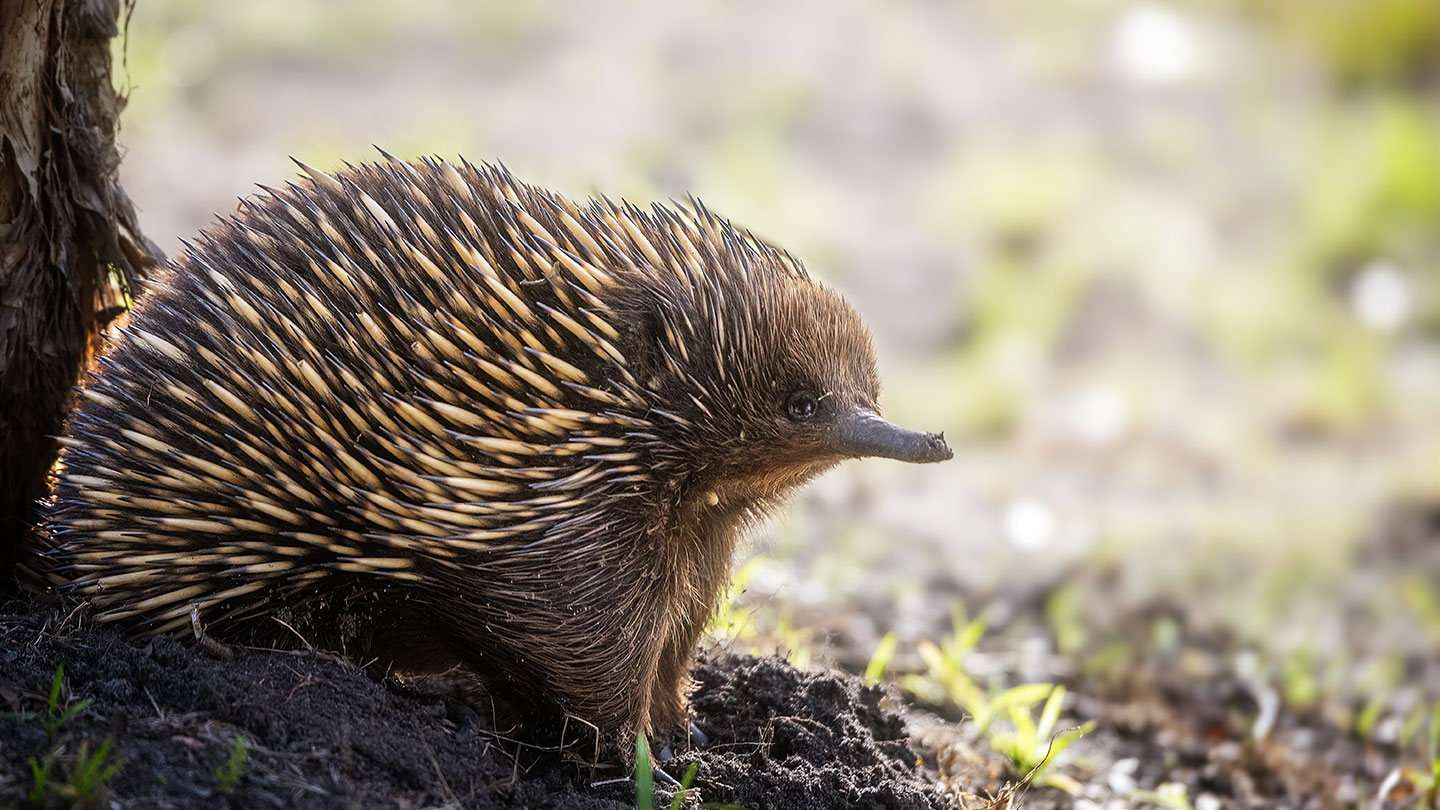
The short-beaked echidna digs pits throughout Australia’s forest floors in search of food. Leaf litter, water and microbes that gather in those pits help store carbon in the ecosystem.
tracielouise/E+/Getty Images Plus
You’ll need to watch your step if you walk through a eucalypt forest in Australia. The ground is likely to be full of pits and covered in mounds of soil. That uneven terrain is an important sign of climate warriors at work.
Echidnas (Eh-KID-nuhz) and other digging mammals made those mounds and pits. In search of food, they dig holes and fling soil into piles along the way. And those holes play a big role in keeping carbon dioxide (CO2) out of the air.
Also called a spiny anteater, an echidna is about the size of a house cat. It has a long, narrow snout and a kangaroo-like pouch. Spines cover its body from neck to tail. A relative of the platypus, it lays eggs and walks with a slow, lumbering gait. That might not sound like the makings of a climate hero, but that’s exactly what this animal is.
Powerful claws allow an echidna to dig for ants and termites. Fallen leaves, seeds, dead insects and other organic matter collect in the pits left behind. This brings those things in contact with soil microbes, says David Eldridge. He’s an ecosystem scientist at the University of New South Wales in Sydney, Australia. “Microbes break down the organic matter and incorporate carbon into the soil. This helps to build up soil carbon,” he says. Without pits, sunlight would break down the organic matter, releasing CO2 — a greenhouse gas — into the air.
The echidna is just one of many animals that help combat climate change like this.
To be clear, animals don’t remove carbon dioxide from the atmosphere on their own. But by supporting healthy ecosystems, they can boost the growth of organisms that do. Those include algae, plants and some bacteria.
Through photosynthesis, such organisms use CO2 from the air and water to make food for themselves. As they grow, the carbon in that gas becomes part of their bodies. Other bacteria can help move carbon from dead plants and animals into soil. This keeps it out of the air, where it would heat the planet. So boosting carbon storage in organic matter or soil can help counter Earth’s rising CO2 levels.
Only recently did people realize animals can affect our climate in this way.
Some animals help plants and algae thrive by protecting them from grazers. Others help plants reproduce. Still others act like gardeners, tending the ecosystems in which they live. Organisms even alter the non-living parts of their ecosystem, such as soil and air.
These animals are part of what researchers call a “nature-based solution” to climate change. Given humans’ outsized impact on climate, we need to give natural solutions a boost. And protecting animal climate heroes is one way we can do that.
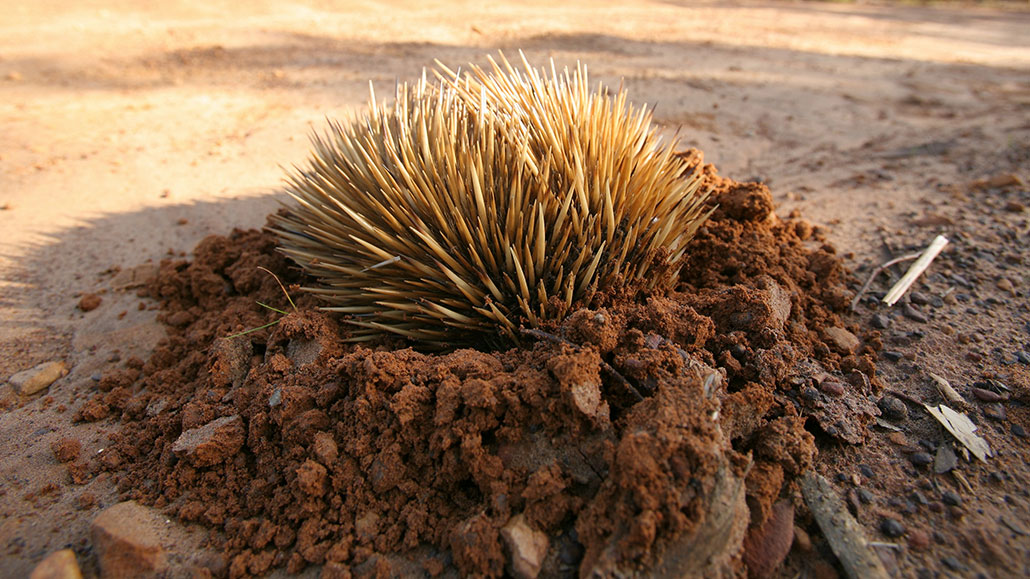
Digging down under
Lumbering through Australia’s forests, echidnas might not look like they would have a big impact. But they move enormous amounts of soil, Eldridge says — “up to eight tons per year for an individual animal.”
That adds up to a lot of holes.
Not all pits work equally well at trapping carbon in the soil. In one 2021 study, Eldridge found that pits near patches of trees and shrubs captured more carbon than did those in areas without much greenery. “There is a lot of [leaf] litter on the soil surface,” Eldridge says. “If there is a pit nearby, then this litter is likely to end up in the pit.”
Do you have a science question? We can help!
Submit your question here, and we might answer it an upcoming issue of Science News Explores
Those pits can boost plant growth and uptake of carbon. Trapped leaf litter breaks down into compost, releasing nutrients. The broken ground also helps water soak into the hard-packed soil. This makes it easier for seeds to sprout. Seeds that land in pits may even be protected from predation, Eldridge says. “In some environments,” he says, “they might be the only places where seeds are able to escape from being eaten by ants.” Although ants are good climbers, they can’t lug a heavy seed up a pit’s steep slope.
Echidnas aren’t alone in this role. Digging animals help capture carbon in ecosystems across the globe. They include anteaters and aardvarks in Africa and bilbies and bettongs in Australia, Eldridge notes. Jackrabbits can do this in North America as can ibex in the Middle East. These animals dig pits to keep cool. No matter why they dig, all of that digging helps soil store more carbon.
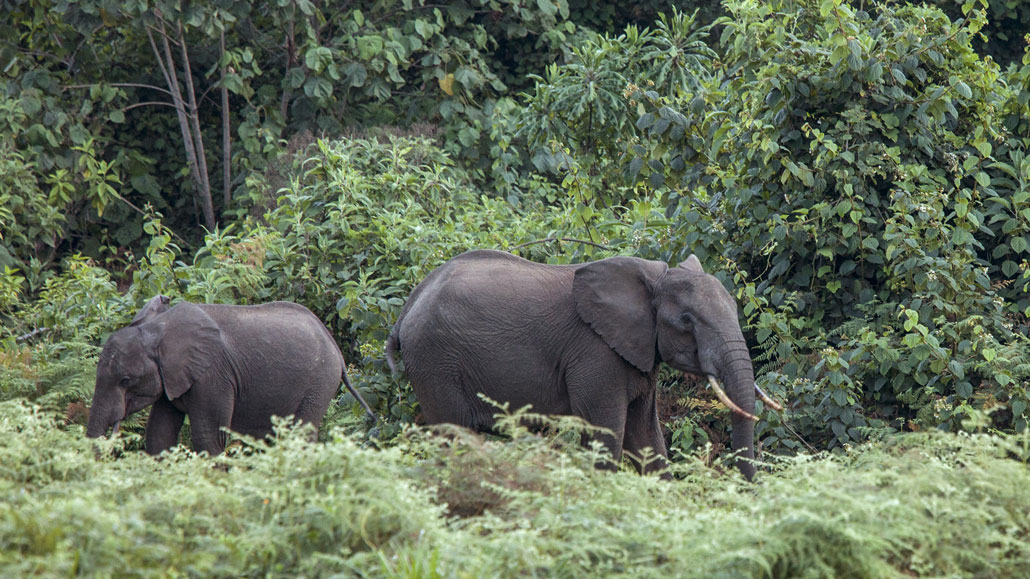
Tending the forest
In Africa, forest elephants dine on everything from fruits and leaves to bark and branches. And being big, elephants eat a lot. Although they snack on hundreds of different types of plants, they’re pretty picky. And their choices give their wooded homes a climate boost.
Elephants eat the leaves, fruit or bark of some trees and uproot others, says Fabio Berzaghi. He’s an ecologist at World Maritime University in Malmö, Sweden. In 2023, he reported these elephants prefer tree leaves from fast-growing species. These trees put their energy into growth, so that their leaves are high in protein.
Slow-growing trees, have the potential to grow to towering heights. But they can only do so if they avoid being eaten when they are small. To help with this, these trees make lots of bitter tannins. These make them relatively unappealing to herbivores.
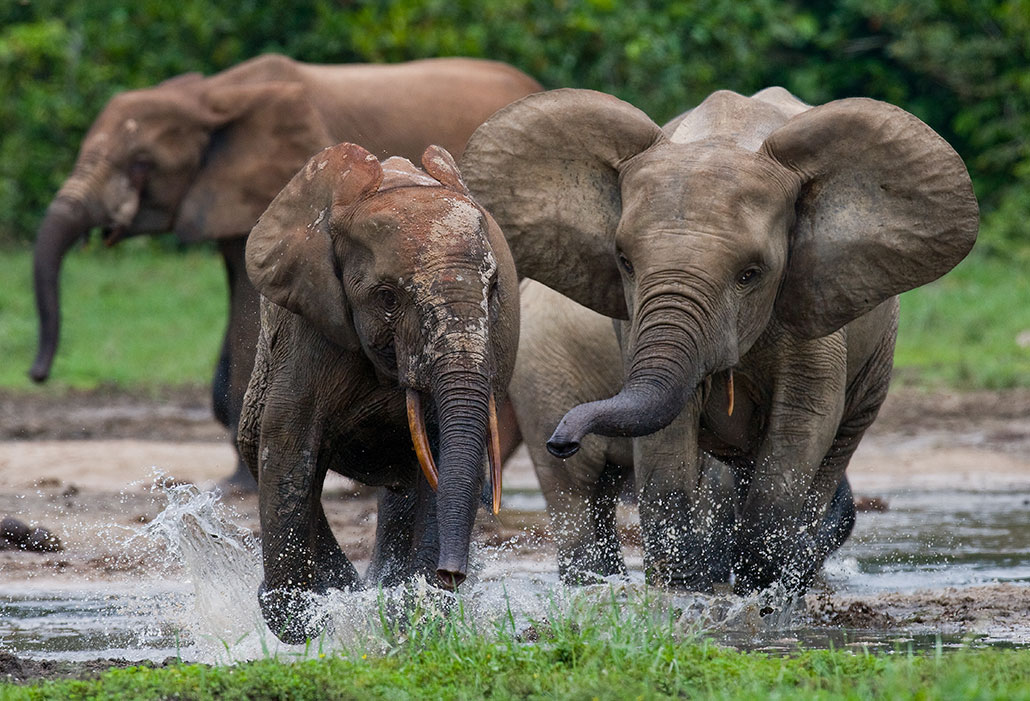
Elephants prefer the tastier, fast-growing trees, yanking them out of the ground while they’re still fairly small, Berzaghi says. “They also stomp on the small trees.” As a result, forests with elephants have fewer trees than forests without, he says. It might seem such forests would store less carbon. In fact, that’s not true.
“Trees that survive elephants will have more space, water and light to grow tall and large,” Berzaghi says. The bigger the tree, the more carbon it stores. By eating the fast-growing trees, elephants boost growth of the massive tree species. Those draw more and more carbon out of the air. Slow-growing trees also build stronger, denser wood. That means they store more carbon per unit of volume than will a fast-growing tree.
Elephants aid slow-growing trees in another way, too. The animals prefer leaves from fast-growing species but choose fruit from slow-growing trees. That’s probably “because [their] fruits are larger,” Berzaghi says.
Elephants eat the fruit, seeds and all. When they poop, they “plant” those seeds as they travel. This spreads those high-carbon, slow-growing trees through the forest, making forest elephants true gardeners of their ecosystem.
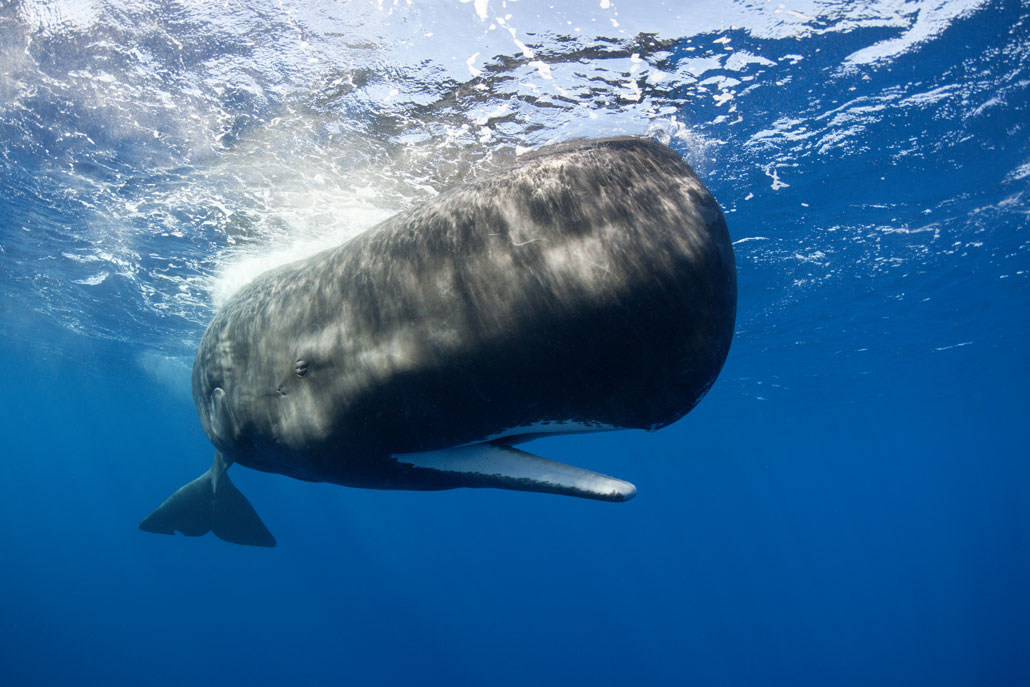
Fertilizing the ocean
While elephants tend to their forests, whales are like gardeners of the ocean. They don’t pull “weeds” and scatter seeds like elephants do. Instead, whales spread fertilizer — and lots of it.
The sunny upper layer of the sea is full of tiny algae called phytoplankton. These play much the same role as a forest’s trees. Both use photosynthesis to make food and build new tissues. And both absorb CO2 from the air as they grow.
But many nutrients are scarce at the water’s surface, such as nitrogen, phosphorus and iron.
Whales help provide those nutrients. Take sperm whales. They dive deep to where their prey hang out. After feeding, these whales surface to breathe. When they do, they poop out big clouds of nutrients from their deep-ocean meals.
“Whale poop is really rich in … nutrients that phytoplankton need,” says Heidi Pearson. She’s a marine biologist at the University of Alaska Southeast in Juneau. “A lot of fertilizers are nitrogen-based,” she points out. “Essentially what these whales are doing” is fertilizing the sea.
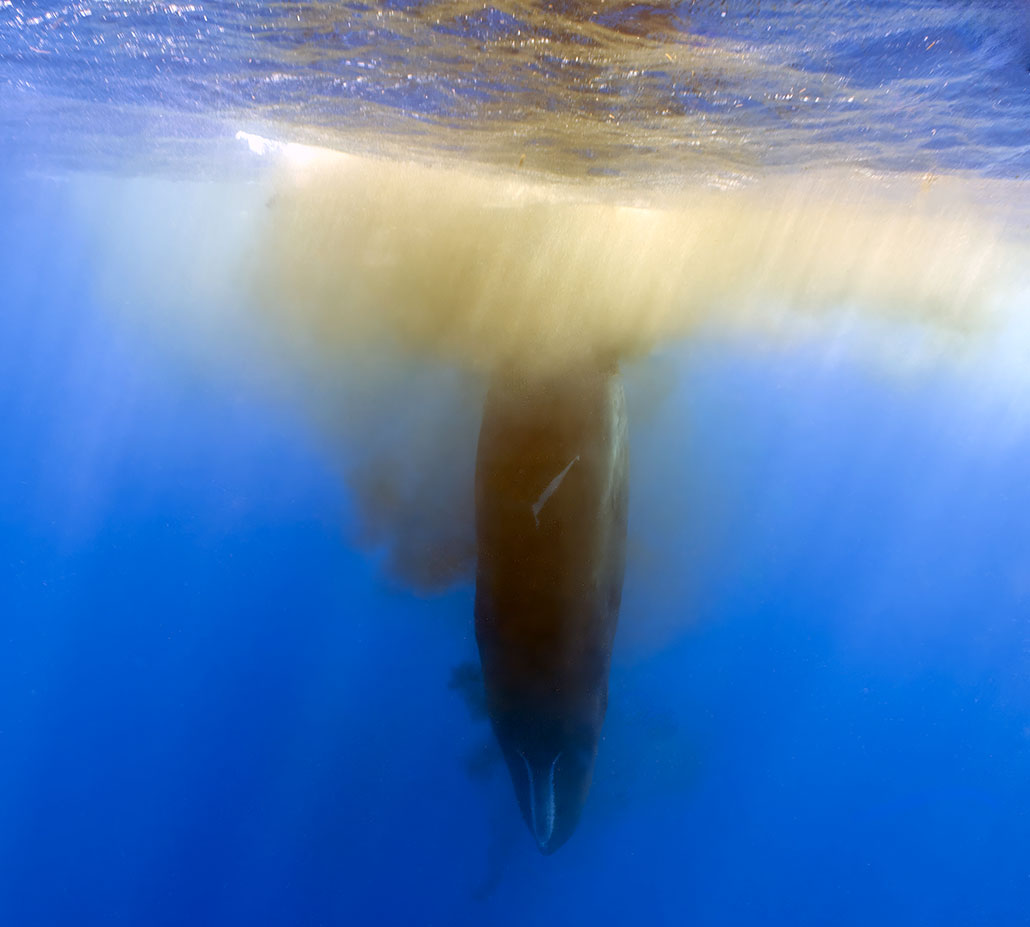
Those nutrients allow phytoplankton to grow and multiply. As they do, they suck more carbon out of the air.
Most of the carbon they absorb will later get recycled back into the air. But some ends up in the deep ocean. If carbon-rich debris sinks far enough, it will be too deep for storms, currents or other forms of mixing to churn it up. How deep is that? “We can generally say 1,000 meters [3,280 feet],” Pearson says. “It would take hundreds of years, maybe thousands of years, for that deep water to eventually make it to the surface.”
So how can carbon sink that far?
Algal blooms with lots of diatoms offer one way. A type of phytoplankton, diatoms build glass shells out of silica. As they divide and grow, they draw silica out of the water to build a new shell. They also pull carbon out of the air. During an algal bloom, diatoms use up the available silica. Unable to continue growing, they die. Their glass shells are so heavy that these carcasses now sink. Those bodies — and the carbon they hold — sink to the ocean floor.
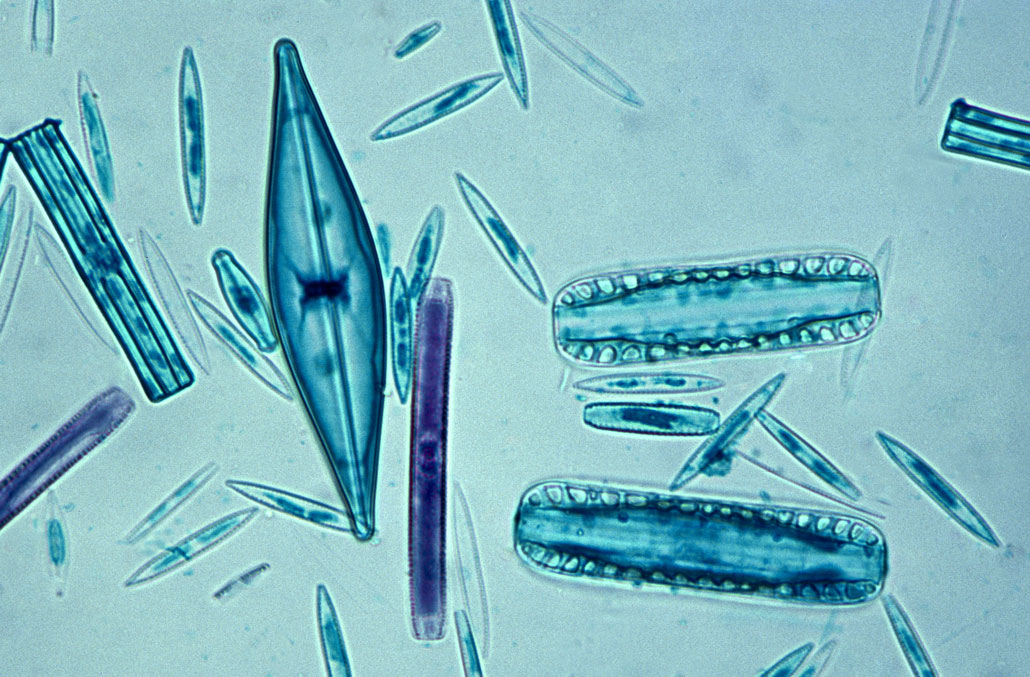
Animals also can help bury carbon in the sea. Jelly-like salps feed on phytoplankton. Salps make dense, carbon-rich poop pellets that sink quickly. Both those pellets and diatoms can reach the ocean floor in a matter of days, recent research has shown.
Whales don’t eat phytoplankton directly. But the krill, fish and other creatures on which they dine contain carbon. This carbon had earlier been pulled from the air by photosynthesizers. Some of it will now become part of the whales’ bodies as they grow.
And when a whale dies, its body will sink to the seafloor. Called a whale fall, this transports a lot of carbon deep into the sea.
Valuing our animal climate heroes
All of these animals help their ecosystems store carbon, whether in the soil, plants or seafloor. Stashing that carbon keeps it from warming the climate.
Overall, the amount of CO2 whales or other animals remove is pretty small, Pearson’s team points out. But they boost overall ecosystem health in other ways. That’s essential for “making these ocean ecosystems more resilient to climate change and other stressors,” Pearson says. And this makes these species climate heroes in more ways than one.
“Whales aren’t going to solve the climate crisis,” Pearson says. “No animal is. As humans, it’s our mess-up, you know. We need to fix it.” But by protecting animals, we can help them keep helping the planet — including us.
For whales, that starts with protecting them from ships that can injure them and the lines and nets used in fishing gear. Echidnas are doing well in Australia, but that’s not true of all digging mammals. We can protect them “by controlling feral predators and giving them habitat in which they can forage,” Eldridge says.-
The same is true for forest elephants. These gentle giants are dwindling due to poaching and loss of habitat. If their numbers get too low, it would spell disaster for them. And it’s not just elephants at risk, Berzaghi says.
If we lose the elephants, “the forest will drastically change.” There will be too many trees too crowded together. And they won’t be the big ones that store so much carbon. Those trees need their elephant gardeners to pull up “weedy,” fast-growing species. This gives others the space to grow into giants.
“We are all connected,” Berghazi says. “Forest elephants help the world by fighting climate change. We need to do our part because the actions we take in our daily life affect people and nature on the other side of the world.”
Alison Pearce Stevens has been a regular contributor to Science News Explores since 2012. This piece was inspired by her new book: Animal Climate Heroes (Godwin Books/Henry Holt & Co., New York, March 2024, 104 pp).

